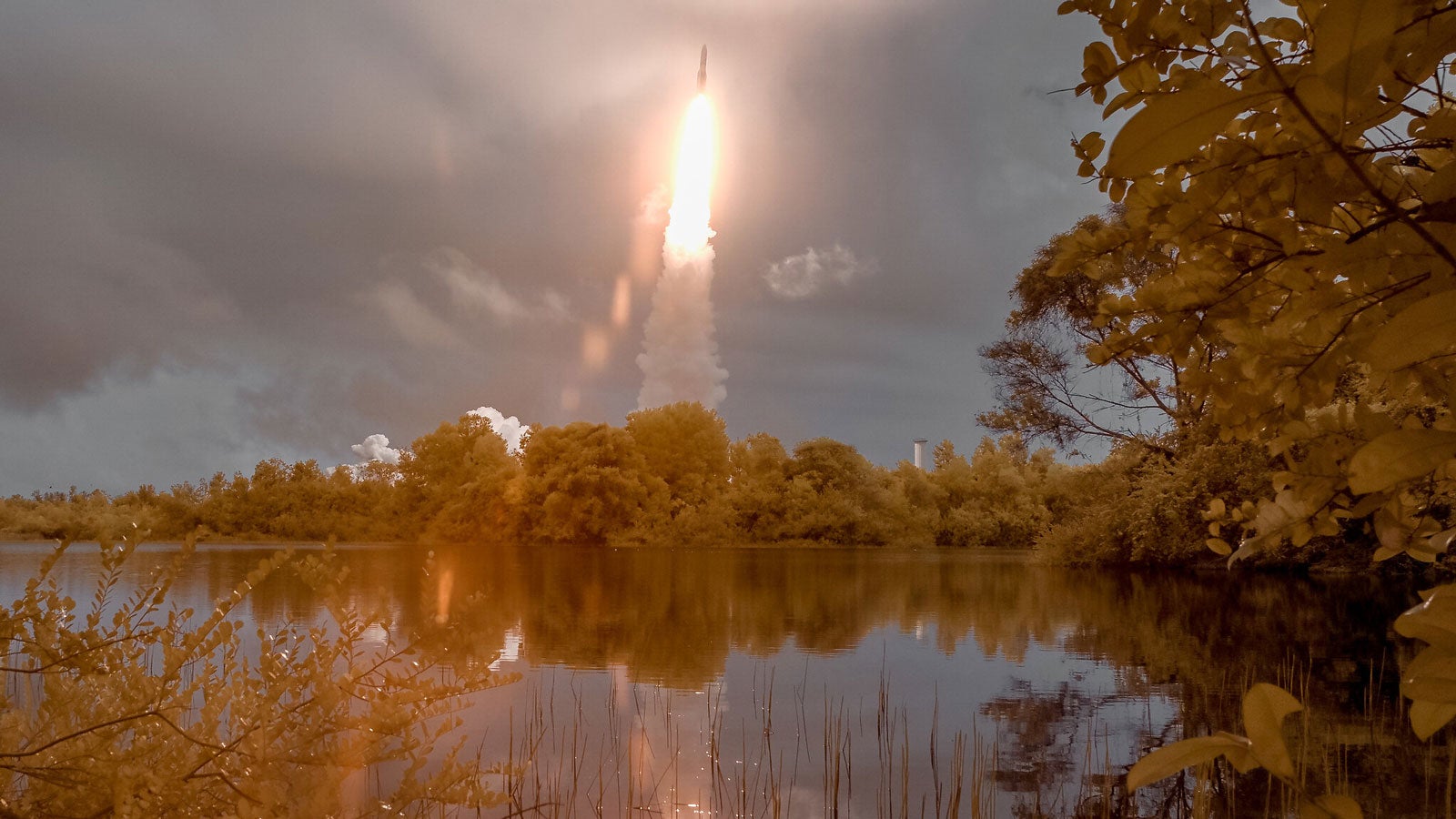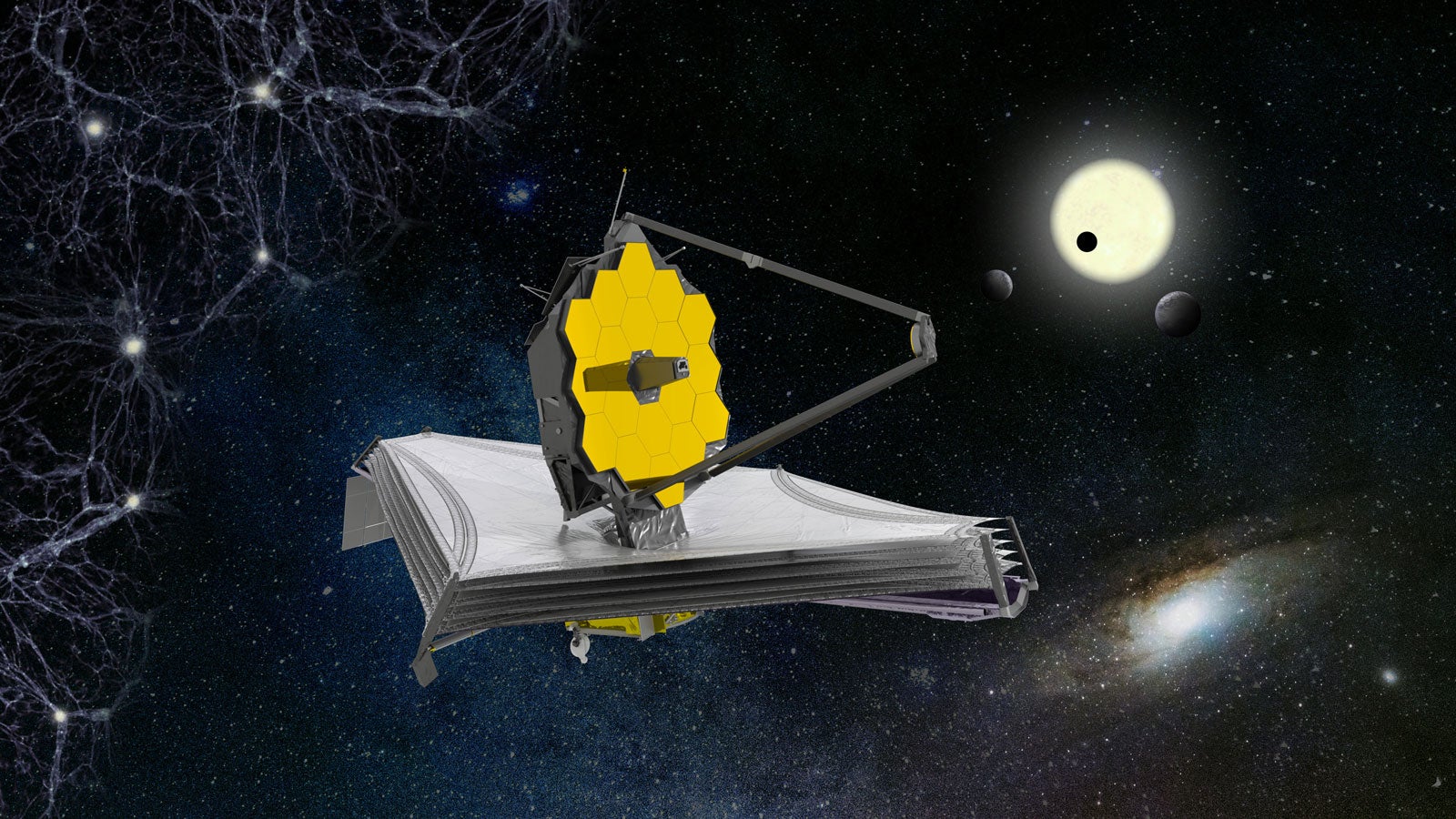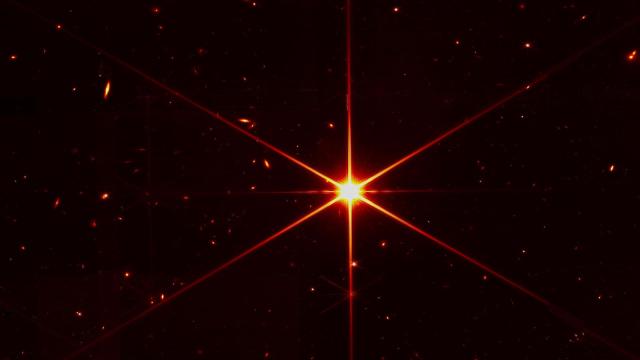It has taken more than 30 years to design, build and launch into space, but the first images from the James Webb Space Telescope are finally trickling in. And I’m excited to say that they are absolutely glorious.
For anyone out of the space-exploration-loop, the James Webb Space Telescope is NASA’s newest astronomical observatory. Developed by the American space agency alongside compatriots at the Canadian Space Agency and the European Space Agency (ESA), it has been a project 33-years in the making.
Late last year, this high-tech telescope was folded up to fit inside a traditional rocket ship before finally launching off the ground on Christmas Day 2021.
The JWST was loaded onboard an Ariane 5 rocket and launched into the cosmos from the ESA’s launch pad near Kourou, French Guiana. The telescope then undertook its million-mile journey to reach its final orbit, an invisible point in space known as an Earth-Sun Lagrange point.

Once there, engineers began the painstaking process of unfolding all the elements of this $US10 ($14) billion observatory.
In preparation for the telescope’s first observations of the universe, the JWST first had to deploy its tennis-court-sized sunshields. Next, engineers had to deploy the telescope’s secondary mirrors, which focus light onto its cameras.
After this was completed, they could finally unfold the craft’s enormous primary mirror.
The primary mirror is a whopping 6.40 m, 4-inches and is comprised of 18 hexagonal, beryllium mirror segments. Once it was unfolded, scientists had to fine tune the position of each of these mirror sections to form a single surface.

And now, they are finally able to begin testing the JWST’s capabilities.
And so far, it sounds like it’s going well. Scott Acton, wavefront sensing and controls scientist, said in a NASA video that they have “exceeded every expectation” as they captured “the highest resolution, infrared images taken from space ever.”
To prove this, NASA published the image of space that you see at the top of the page. And just look at it!
Over the next six weeks, the team will proceed through the remaining alignment steps. Then, two months of final preparations on the JWST’s scientific instruments will begin.
Webb’s first full-resolution imagery and science data will be released in the summer.
It’s a very exciting time for space nerds, like me. And I for one cannot wait to see what other images the JWST churns out as it begins its research into the origins of the universe.
